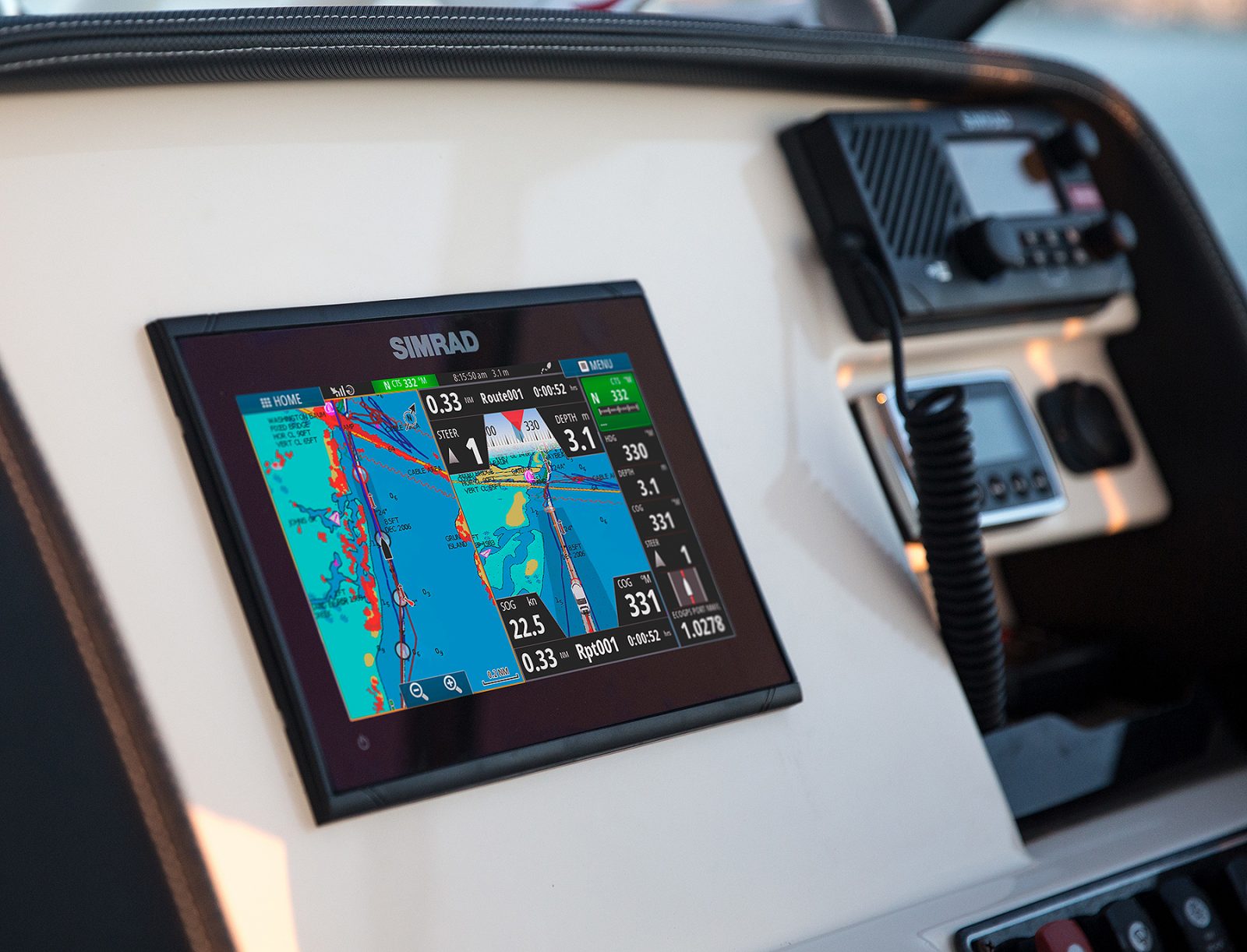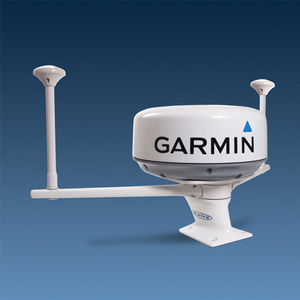Marine Radar Systems
Marine Radar Systems are the best collision avoidance system ever developed for the recreational boater. Radar systems let you ‘see’ through darkness, fog and stormy weather conditions. Once used only on large vessels, radar units are now compact, draw little electricity and are sized to fit boats as small as 5 metres in length. Combined with AIS (Automatic Identification System) and a modern electronic chartplotter with up-to-date digital charts, radar can be a real lifesaver.
Compatibility is a key question if you’re considering adding radar. Many chartplotters and GPS/fishfinder combos are not compatible with radar. Talk to Sydney Marine Electrical before purchasing a marine radar system to make sure it’s compatible with your existing system.
In general, multi-function displays can operate a radar unit, while smaller or more basic combos—especially those intended for inland fishing applications—cannot. That’s why if you’re considering a whole new suite of electronics for your boat, or if you’re thinking of adding radar to your current equipment, you should think about compatibility first.
Radar Installation
Once you’ve chosen your radar, you need to choose the best location for maximum range, safe operation and minimum blind spots. The antenna must be mounted above head-height since direct exposure to the electromagnetic energy emitted by a radar antenna can be harmful. (This warning applies less strongly to low-emission solid-state radar devices.) The best location, usually the highest point on a powerboat, will give the radar an unobstructed 360° view. Avoid mounting near large masts, horizontal spreaders, stacks, or other solid objects, as they will produce shadows, reflections or blind spots.
The antenna on small units is powered through the display, connected by a multi-conductor cable that includes positive and negative power leads. Open array radars often have a separate DC power cable for their antenna. The other connections usually include an electronic compass and GPS or other network cables.
Installing radar will provide peace of mind when boating under difficult conditions. Tuning of modern radars is automatic, and the learning curve is reasonably easy. While choosing the right antenna location is critical, installation is usually straightforward and done in a day.


For more information or to request a quote please complete our REQUEST FORM. For general inquiries please use our CONTACT FORM.

